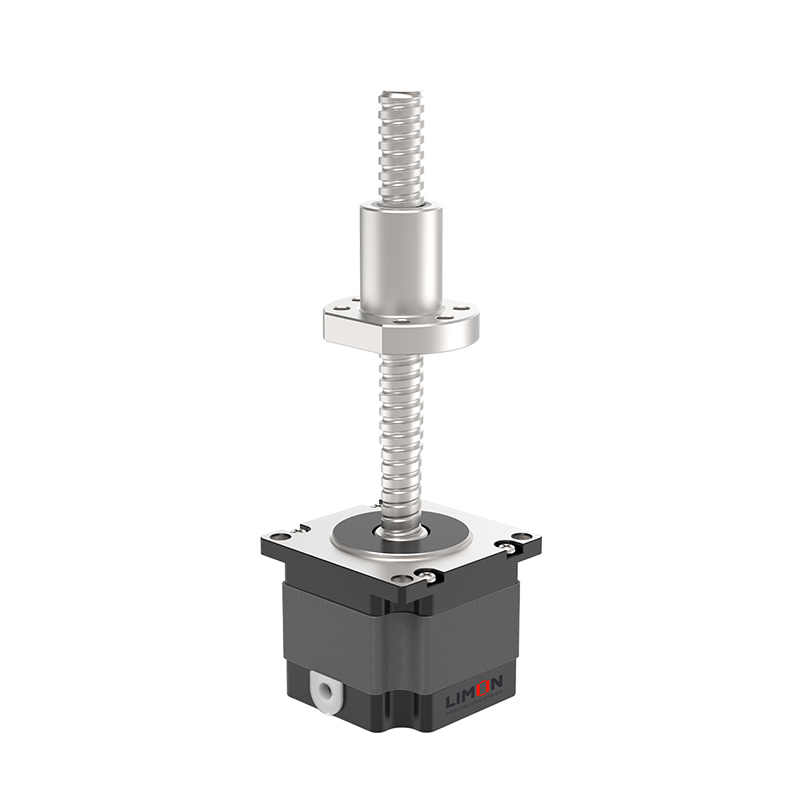When it comes to low-speed, high-load linear motion, engineers often face a critical decision: should you go with oil-free bushings or linear bearings? The answer depends on more than just specs—it’s about environmental conditions, maintenance goals, and performance expectations.
Let’s break it down.
What Are Oil-Free Bushings?
Also known as self-lubricating bushings, these components are designed to operate without external lubrication, making them ideal for dirty, high-load environments.
Pros of Oil-Free Bushings:
Perfect for low-speed, high-load applications
No external lubrication required → low maintenance
Resistant to dust, dirt, and contaminants
Cost-effective and easy to install
Run quietly compared to rolling bearings
Cons of Oil-Free Bushings:
Lower precision than linear bearings
Higher friction coefficient
May wear faster under high-speed or misaligned conditions
What Are Linear Bearings?
Linear bearings (ball or roller type) are precision components designed for smooth, low-friction motion, especially suited for high-speed and clean applications.
Pros of Linear Bearings:
High accuracy and low friction
Excellent for high-speed movement
Longer life in clean, well-lubricated environments
Cons of Linear Bearings:
Poor performance in low-speed, high-load static conditions → risk of brinelling or deformation
Require regular lubrication
Sensitive to dust, misalignment, and vibration
Generally more expensive than bushings
Which Is Better for Low-Speed, High-Load Applications?
In harsh environments where precision is not the primary goal, oil-free bushings take the win:
| Scenario | Recommended Solution |
|---|---|
| Low speed, high load, dirty | Oil-Free Bushings |
| High speed, light/medium load, clean | Linear Bearings |
| Precision + rigidity (CNC, robotics) | Linear Bearings + Guideways |
| Low maintenance, simple systems | Bushings on Hardened Shaft |
Considerations When Using Linear Bearings with Guideways
Thinking of combining linear bearings with guideways? Here are some key engineering notes:
Compatibility
Match the bearing type to the guideway (e.g., round shaft vs. profile rail)
Alignment
Linear bearings demand precise alignment—errors here cause rapid wear
Lubrication Management
Set up regular maintenance for grease/oil delivery on long guideways
Load Distribution
Uneven load sharing among bearings leads to premature wear—design for even load paths
Environmental Factors: Know Your Application
| Environment | Recommendation |
|---|---|
| Dusty/Dirty | Oil-Free Bushings or Sealed Linear Bearings |
| Cleanroom/Precision Equipment | Linear Bearings with Profile Rails |
Conclusion
If your system demands low-speed, high-load durability, with minimal maintenance and tolerance to grime, oil-free bushings are your best bet. For high-speed, precision-critical applications, linear bearings are unmatched.



2.jpg)
